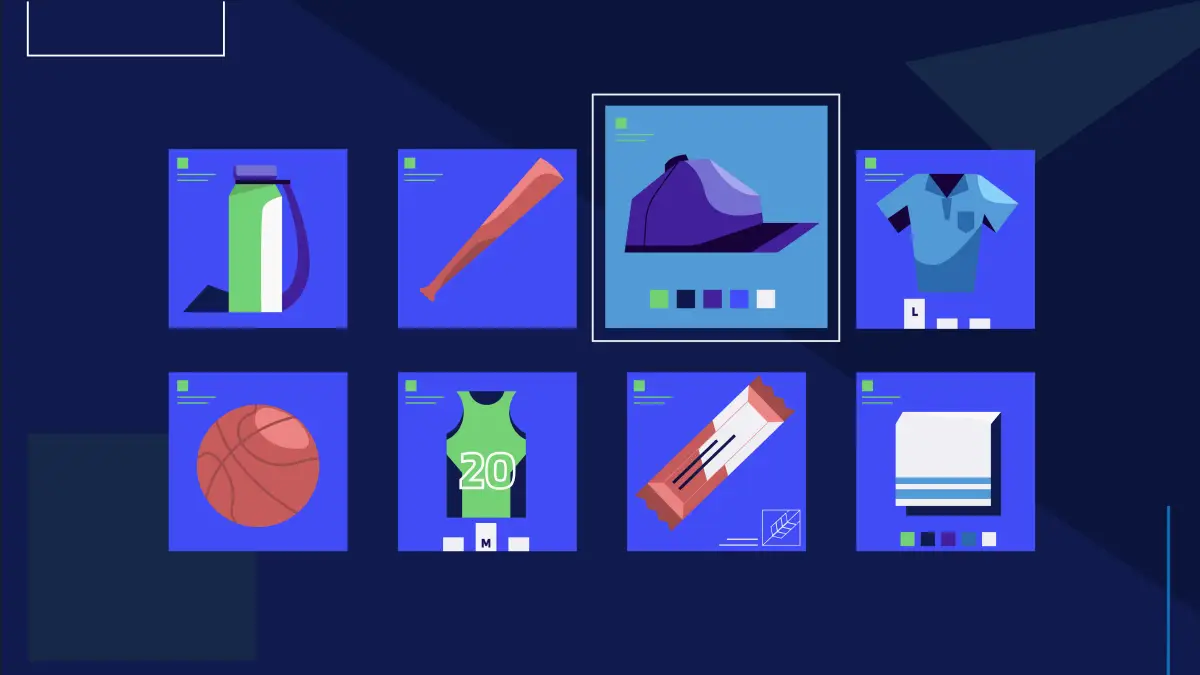
In the realm of sports business, whether you’re a seasoned owner or recently launched your business, implementing strategic promotions can be a game changer. Promotions not only attract new clients, they also generate revenue and encourage participation with current clients. Dive into this guide to explore six innovative promotion ideas, along with a few examples to attract clients and elevate your sports business to new heights.


